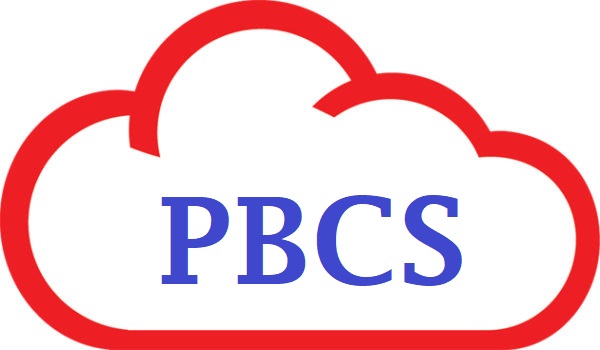The @IANCESTORS calculation function in PBCS is a powerful tool that allows you to return the specified member and all of its ancestors, up to a certain generation or level. This function can be used in a variety of ways, such as to:
- Calculate aggregate values for a member and all of its ancestors
- Apply adjustments to a member and all of its ancestors
- Create reports that show the relationships between members
Syntax
The syntax for the @IANCESTORS function is as follows:
@IANCESTORS (mbrName, generation, levelName)
Where:
mbrNameis a valid single member name, or a function that returns a single member.generationis an optional integer value that defines the absolute generation or level number up to which to select members. A positive integer defines a generation number. A value of 0 or a negative integer defines a level number.levelNameis an optional level or generation name up to which to select members.
Example
The following example shows how to use the @IANCESTORS function to calculate the total sales for a product and all of its categories, up to the third generation:
FIX(Product,"100-20")
Total Sales = SUM(@IANCESTORS("100-20",3),Sales);
ENDFIX;
This calculation will return the total sales for the product “100-20” and all of its categories, including the “Colas” and “Diet” categories, and the “Beverages” category.
Using @IANCESTORS with other functions
The @IANCESTORS function can be used in conjunction with other functions to perform more complex calculations. For example, the following calculation uses the @IANCESTORS function to calculate the growth rate for a product and all of its categories, up to the second generation:
FIX(Product,"100-20")
Growth Rate = (@IANCESTORS("100-20",2),Sales) / (@IANCESTORS("100-20",2),Sales,@LAG,1);
ENDFIX;
This calculation will return the growth rate for the product “100-20” and all of its categories, based on the sales for the current period and the previous period.
Best practices for using @IANCESTORS
Here are some best practices for using the @IANCESTORS function:
- Be aware that the @IANCESTORS function can return a large number of members, depending on the size and complexity of your dimension hierarchy. If you are using this function in a calculation, make sure that the calculation is efficient and that it does not return more members than necessary.
- Use the @IANCESTORS function in conjunction with the FIX statement to restrict the calculation to a specific subset of members. This will help to improve the performance of your calculation.
- Be aware that the @IANCESTORS function does not guarantee the order in which members are returned. This is important to consider when using this function with certain forecasting and statistical functions.
Examples of using @IANCESTORS
Here are some examples of how the @IANCESTORS function can be used:
- Calculate aggregate values for a member and all of its ancestors:
FIX(Product,"100-20")
Total Sales = SUM(@IANCESTORS("100-20"),Sales);
ENDFIX;
This calculation will return the total sales for the product “100-20” and all of its categories.
- Apply adjustments to a member and all of its ancestors:
FIX(Product,"100-20")
Sales = Sales * 1.05;
ENDFIX;
This calculation will increase the sales for the product “100-20” and all of its categories by 5%.
- Create reports that show the relationships between members:
REPORT REGION Sales by Category
COLUMN CATEGORY
COLUMN SALES
DATA
CATEGORY,SALES
@IANCESTORS("100-20"),Sales
ENDDATA
ENDREPORT;
This report will show the sales for the product “100-20” and all of its categories.
Advanced usage
The @IANCESTORS function can also be used to perform more advanced calculations. For example, the following calculation uses the @IANCESTORS function to calculate the weighted average sales for a product and all of its categories, up to the third generation.
